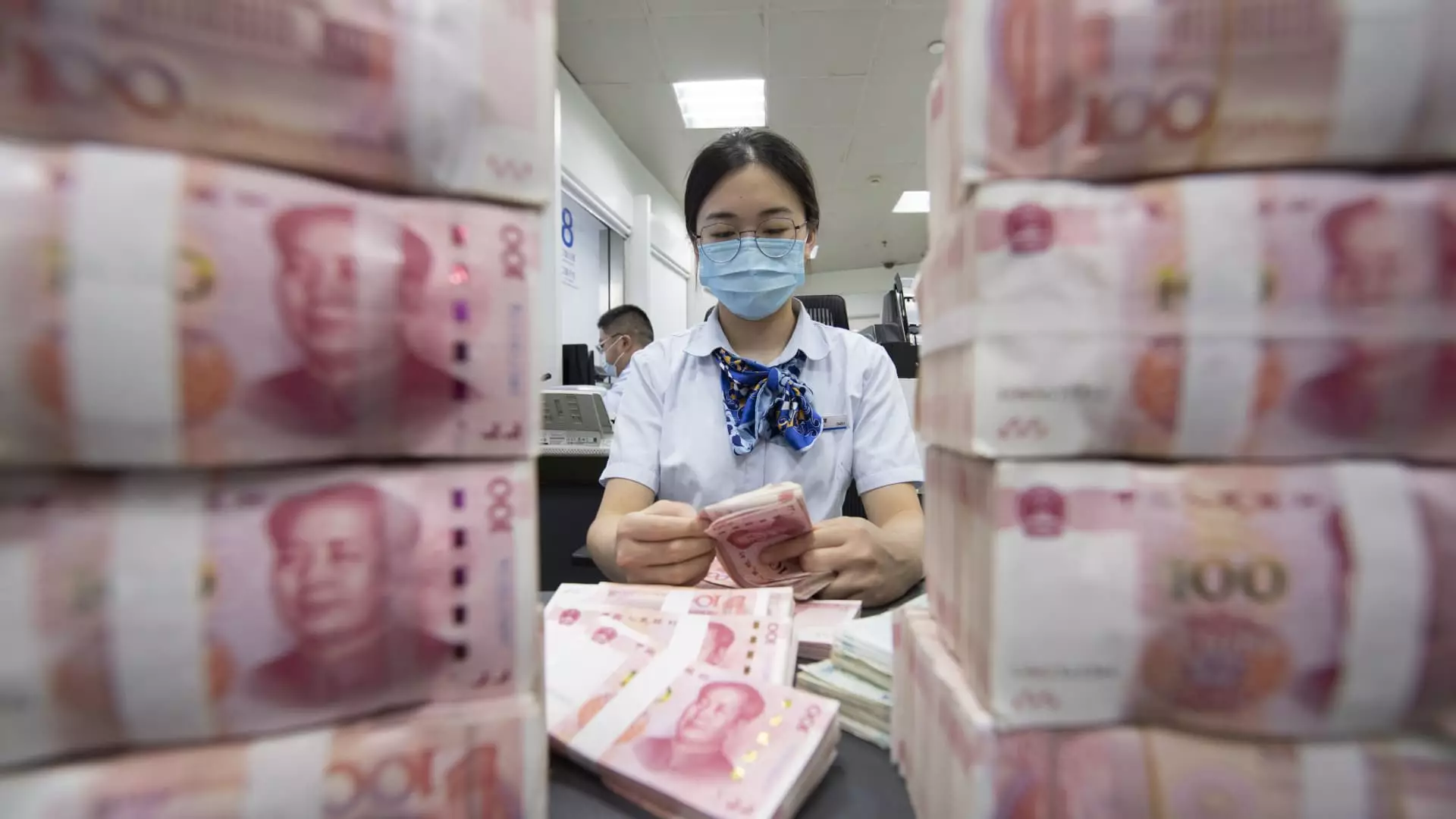In the last decade, the world has witnessed a remarkable surge in the number of ultra-high-net-worth individuals, particularly centimillionaires—those with investable wealth exceeding $100 million. According to recent findings by New World Wealth in collaboration with Henley & Partners, this class of elite wealthy individuals has expanded significantly, with notable growth in regions such as China and the United States. As we delve deeper into the report, it becomes evident that several dynamic factors have influenced this phenomenon, shaping not only the distribution of wealth but also the future landscape of global economics.
China’s Remarkable Ascent
China has played a pivotal role in this wealth expansion, showing an unprecedented 108% increase in the number of centimillionaires over the past ten years. As Juerg Steffen, CEO of Henley & Partners, notes, this growth has been primarily fueled by the rise of tech moguls and industrial giants within the nation. The sheer number of centimillionaires in China currently stands at around 2,350, effectively positioning the country at the forefront of the global wealth race. Yet, it is essential to also recognize the challenges faced by the Chinese economy. Issues such as an ongoing property market crisis, high unemployment rates, and subdued domestic demand are hindering more robust sustained growth.
While the peak growth of centimillionaires in China occurred from 2013 to 2020, Andrew Amoils, a wealth analyst, points out that the momentum has decelerated since then, with only a 10% increase observed post-2020. The future of this wealth demographic remains uncertain, as it appears closely tied to the economic recovery in the region.
In stark contrast, the United States, with an 81% surge in centimillionaire growth, has established itself as a solid ground for wealth accumulation. Cities such as New York, Los Angeles, and San Francisco are projected to continue their upward trajectory, experiencing growth rates of over 50% among the ultra-wealthy. However, as noted by David Young of The Conference Board, the political landscape following the upcoming presidential elections will significantly influence the growth trajectory of this elite class. Changes in fiscal, monetary, and economic policies under new leadership could potentially reshape the wealth landscape, leading to either continued prosperity or barriers that diminish individual wealth.
Emerging cities across Asia and the Middle East, such as Taipei, Dubai, and Bengaluru, are also expected to experience significant increases in their centimillionaire populations, with projections indicating possible growth rates of 150% by 2040. On the other hand, established markets like Zurich, Chicago, and Madrid are predicted to lag behind, with sluggish growth below 50%. This trend puts into perspective the shifting dynamics of wealth concentration, especially as smaller niche markets like Monaco and Malta see growth surpassing 75%.
Exploring the Future: Economic Implications
The contrasting growth rates draw attention to the evolving nature of wealth creation and migration patterns. The rise of new tech hubs and industrial centers suggests potential shifts in where wealth will accumulate in the future. As cities like Hangzhou and Shenzhen demonstrate resilient economic growth—exceeding national averages—their emergence as centers for innovation may attract further investments and affluent individuals.
Moreover, while the report underscores Asia’s and the Middle East’s rising prominence in wealth generation, it also serves as a cautionary tale for established hubs in Europe which may need to adapt to retain and attract the wealthy elite moving forward.
The phenomenon of centimillionaire growth brings forth a multi-faceted narrative interwoven with global economic trends, political realities, and social currents. As the landscape continues to evolve, stakeholders must remain vigilant in addressing the challenges posed by economic downturns in key markets while simultaneously harnessing opportunities that arise from emerging tech-driven economies. The next decade promises to shape a new era of wealth distribution, one that will not only reshape geographies of wealth but also redefine what it means to be part of the global elite. The decisions made today will reverberate across borders and generations, making it imperative that foresight, adaptability, and innovation remain at the forefront of strategies geared toward future wealth creation.


Leave a Reply